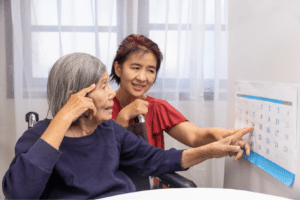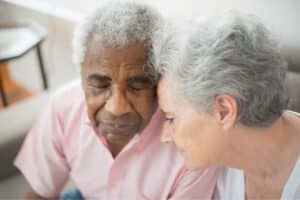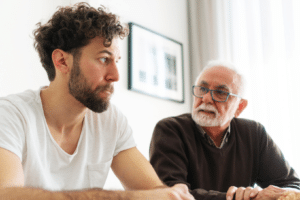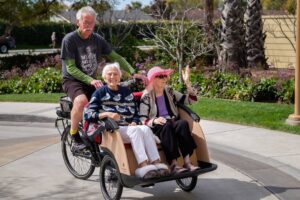Perhaps your aging loved one is coming home from the hospital, or recently suffered a bad fall. Their doctor is recommending physical therapy, but you need more information first. Does your loved one really need this treatment to get better? And just how is it supposed to help them anyway? Read on for important information about physical therapy for seniors.
What Is Physical Therapy?
Physical therapy uses a combination of exercises designed to increase the body’s functioning. This includes helping patients improve how they do basic activities such as standing, walking, and lifting. The goal is to build up strength, flexibility, range of motion, and stamina so that completing daily tasks without help becomes easier.
What Conditions Can Physical Therapy Help With?
Although the individual patient’s doctor is the best person to assess the benefits of physical therapy, the practice has been known to help conditions such as:
- Injuries from falls, including bone breaks and fractures
- Osteoarthritis
- Generalized weakness
- Pain
- Parkinson’s and Alzheimer’s disease
- Stroke (recovery)
- Incontinence
- Multiple sclerosis
Types of Physical Therapy
As we mentioned, physical therapy is a combination of exercises, and is rarely limited to only one type of exercise. Here are a few different styles that are often used:
- Manual therapy. This when the physical therapist uses his or her hands to reduce pain and swelling while increasing flexibility. It can include massage, which has the added benefit of improving circulation. “Mobilization” is another option, and involves slow movements that shift and pull tight joints and tissues. “Manipulation,” on the other hand, is where faster, more rigorous movements are used to achieve similar goals.
- Cold therapy. This is another good way to decrease pain, swelling, and inflammation. Cold therapy includes using ice packs on the affected area(s) in 15 – 20-minute sessions, massaging with ice, and the RICE method (Rest, Ice, Compression, and Elevation).
- Heat therapy. In addition to massage, this is another great way to improve circulation, as well as loosen stiff joints and muscles. Hot cloths, hot water, and heating pads are often used before beginning strenuous forms of exercise.
- Hydrotherapy. This involves practicing movements in the water, which has been known to help tissue heal, increase circulation, and promote muscle relaxation.
These different types of physical therapy have many applications to a range of real-life health scenarios. With stroke patients, for instance, constraint-induced movement therapy is often used. This is when a patient is required to use the weaker side of their body to accomplish tasks. The “good” or unaffected side is restrained in order to prevent the patient from automatically using or favoring that side. With victims of Parkinson’s disease, patients perform exercises to improve trunk flexibility. This helps avoid the stiff trunk that is one of the hallmarks of the condition.
Other kinds of physical therapy include electrical stimulation[1. “Types of Electrical Stimulation Used in Physical Therapy,” May 20, 2014, https://physicaltherapy.about.com/od/orthopedicsandpt/tp/Types-Of-Electrical-Stimulation-Used-In-Physical-Therapy.htm] and ultrasounds. Regardless of the modality used, a good physical therapist makes sure their patients know how to perform rehearsed tasks safely at home. The patient is educated about ways to prevent injury, maintain their present functioning, and perform any home exercises assigned to them.
Physical Therapy at Home (and Beyond)
Although physical therapy for seniors is common during a hospital or SAR (sub-acute rehabilitation) stay, it can also be received at home. On the other hand, if your loved one is feeling well enough, they may qualify to go to therapy a few times a week at a facility (PACE at Institute on Aging is an example).
Physical Therapy for Seniors Can Be Invaluable
As you can see, physical therapy for seniors can help them stay healthy, strong, and independent. These services are usually covered by Medicare and Medicaid as long as the patient meets certain conditions. So if your loved one’s doctor is recommending physical therapy, take advantage of this valuable service – especially if it’s just a short car ride away!
If you are unsure of how to best help an aging loved one, the trained and compassionate staff at the Institute on Aging is here to help you make that decision and gain the best in at-home care for older adults. Contact us to find out more.







